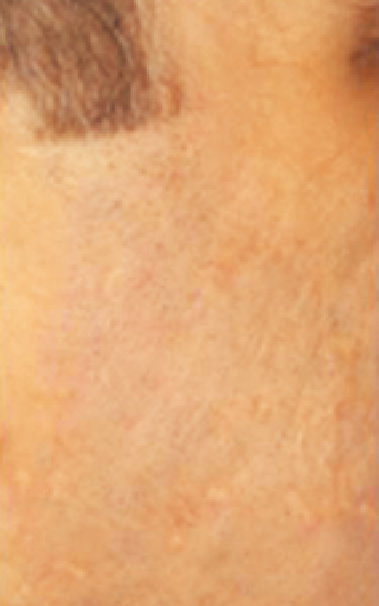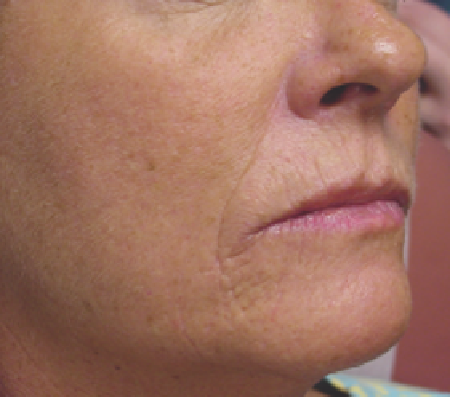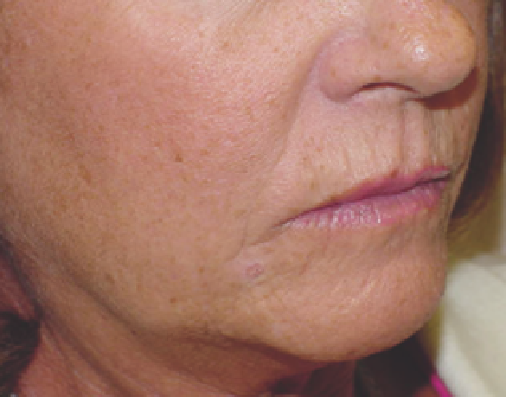Biomedical Engineering Reference
In-Depth Information
pulse energies from 30 to 70 mJ and treatment levels of 7-11
(20-32% densities) for 8-12 passes were used. For skin types
IV and V, pulse energies from 30 to 70 mJ and treatment levels
of 4 to 5 (11-14% densities) for 8 passes were used. Some in the
consensus group recommend treatment levels up to 10 in all
skin types. Densities should be increased with caution in sub-
jects with darker skin phototypes due to a greater risk of PIH.
For posttreatment care, semiocclusive dressings or noncome-
dogenic moisturizers were recommended. Occlusive oint-
ments such as petroleum jelly should be avoided in order to
reduce acne fl ares. In addition, daily sunscreen (minimum sun
protection factor 30 with helioplex or mexoryl) and posttreat-
ment bleaching agents may help to decrease the risk of PIH
(Figs. 9.13 and 9.14).
ablative fractional resurfacing
for acne scarring
Although mid-infrared NAFR has been useful in the treatment
of acne scarring without all of the side effects associated with
pan-surface ablation, several treatments are needed, and the
clinical effi cacy of these treatments has not yet reached that
of full ablative procedures, especially with regard to deeper
(
A
)
(
B
)
Figure 9.12
Acne scarring on chin (
A
) before and (
B
) after two treatments 2 months apart with 1440-nm Cynosure Affi rm.
Source
: Photo courtesy of Robert Weiss, MD.
(
A
)
(
B
)
Figure 9.13
(
A
) Acne scars, primarily atrophic as well as hypertrophic, present for more than 20 years. (
B
) Signifi cant improvement is seen 2 months following a
single treatment with Fraxel Re:Store using 40 mJ and 32% density.



















